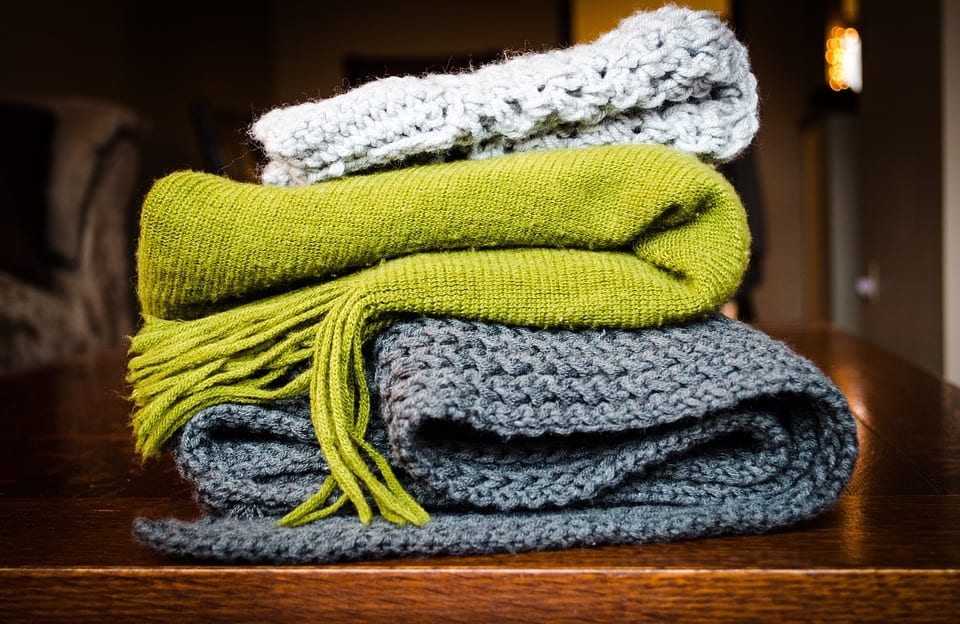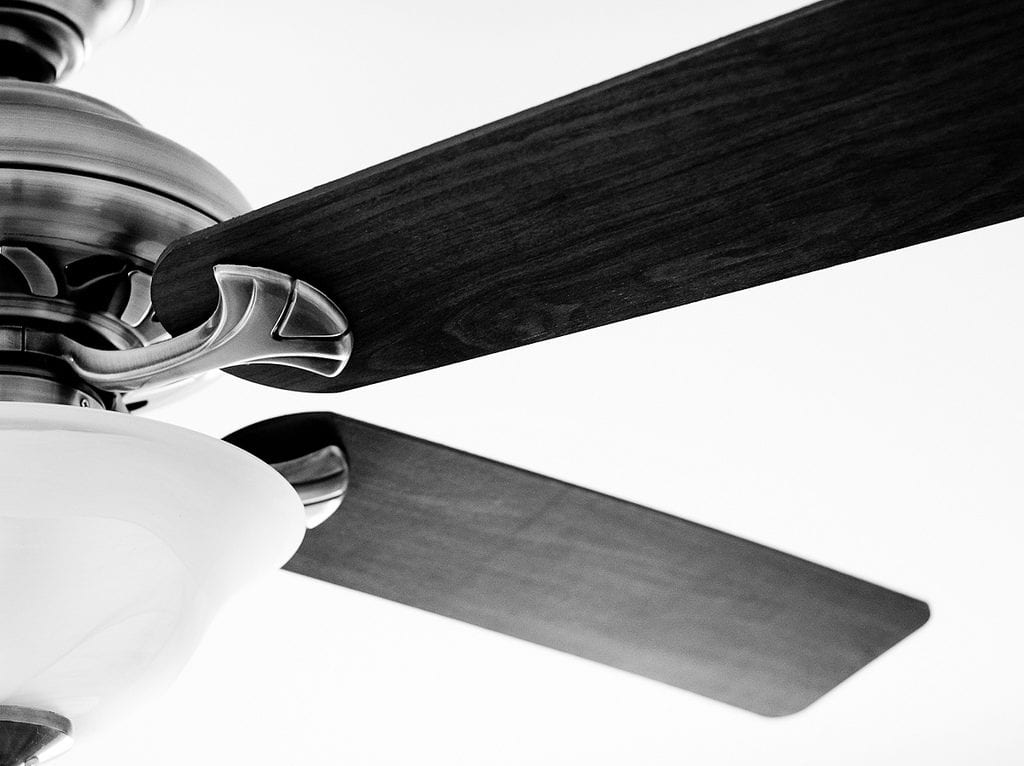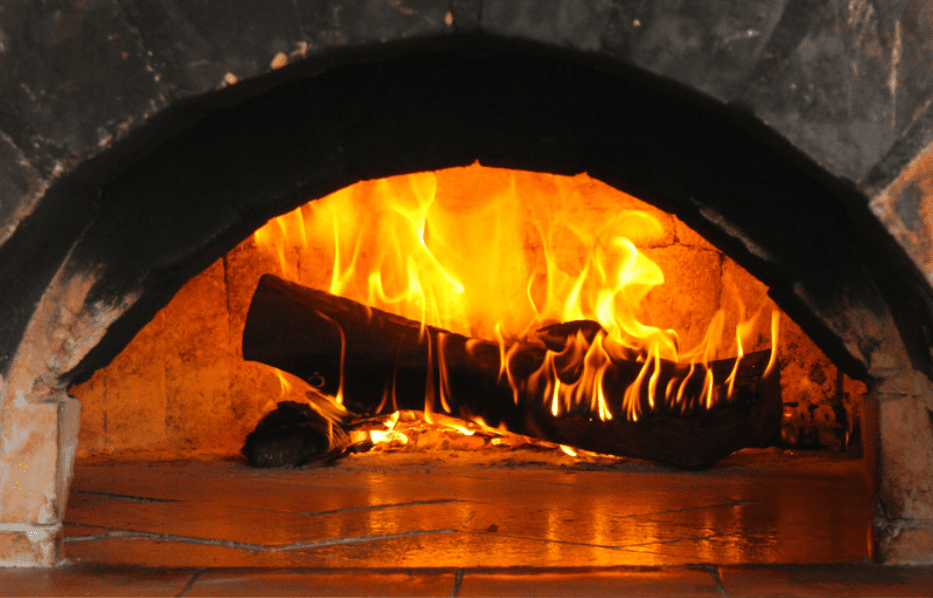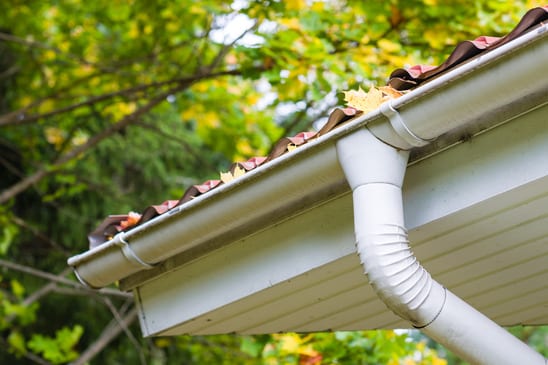
As the days get shorter and the temperatures go down, the threat of winter storms and rising gas and electric bills become real. In order to make sure that your home is protected during a storm and is efficiently using energy, take some time to prepare for the winter months ahead. Here are a few easy ways to maximize your comfort and budget as the mercury falls.
One of the most important winterizing tasks you can do is to have an HVAC professional come in to inspect your furnace and clean your ducts. This is an excellent way to prevent having a furnace emergency in the middle of the winter.
Make sure to change your furnace filters once every three months as well, in order to maintain good airflow and air quality in your home.
If you have hot water radiators in your home, be sure to bleed them before turning on your furnace. You can do this by turning on the water valve and then turning it back off when the water starts to flow.
Programmable thermostats are an excellent way to control your home’s energy use when you’re not there. If you haven’t already made the switch, think about doing it this year—your money will come back to you in energy bill savings.
Although it doesn’t have to be cleaned every year, it’s a good idea to call a Chimney sweep to clean and inspect your chimney. Make sure that you have your chimney top capped or screened to make sure that animals and debris can’t get in.
Ensure that your fireplace damper is in good working condition and is closed when the fireplace is not in use to prevent heat loss.
Buy or chop plenty of firewood and be sure to store it in a dry place away from the exterior of your home.
Make sure to clean your gutters of leaves and debris that have accumulated during the autumn season. Also check that your downspouts are clear so water can easily flow away from your house.
Adding extra insulation to your attic will keep the roof warm and prevent ice dams.
Be sure to replace any worn shingles or tiles on your roof as well.
Rake away debris and edible vegetation from your home. Inspect the foundation for any crevices, cracks, and exposed entry points. Seal any cracks that you might find. This will keep out wildlife and rodents as well as retain warm air inside your home. If you have a window well in your basement, protect it with a plastic shield to keep water out.
To effectively inspect your windows, moisten your hand with water and run it along the edges of the interior side of all windows and door trim, and at the top of baseboards along exterior walls. Caulk any areas where you feel air coming in.
Remove any window-mounted air conditioning units. If you have a permanent wall-mounted air conditioning unit, purchase a cover for it and make sure it is sealed with weatherstripping.
Replace all screen windows with storm windows to add an extra insulation layer. When not open, make sure to keep your windows locked—this creates a seal between the panels. If any glass windows are cracked, have them replaced.
If you know you’re not going to be opening your windows for a while, cover them with window film. This is an inexpensive way to increase insulation and decrease the potential for drafts.
Use weatherstripping around doors and install doorsweeps if needed. A good way to check your door’s insulation potential is to close a dollar bill in the door—if it easily slides out, adding weatherstripping will provide a tighter seal.
Seal the entrance to your attic to prevent heat from getting in—if you have a door, attach a doorsweep to the bottom of it. If your attic has a hatch entrance, line the perimeter of it with weatherstripping.
Check the thermostat on your water heater—if it is set to above 120°F, turn it down. Insolate the water lines around the hot water heater if they are warm to the touch.
Drain and turn off all hoses, sprinklers, and outdoor irrigation systems. Also, drain any hoses and pipes coming from your air conditioning unit. Vacuum any pools of water that are in the drain pool.
Trim any tree branches that are close to your home or electrical wires. Seal concrete driveways, brick patios, and wood decks to prevent cold weather damage. Clean and store summer gardening tools and move any potted plants indoors.
Also make sure to drain gas from your lawnmower before storing and make sure your snow shovel and/or snowblower is in good working order.
Reversing the direction of ceiling fans will force warm air down and ensure proper circulation. The blades should be rotating clockwise in the winter and counterclockwise in the summer.
By completing these simple tasks you will ensure that your home is ready for whatever the cold, winter months may bring. Now is also a great time to change the batteries in your smoke and carbon monoxide detectors. When you’re done, be sure to cozy up in a big sweater and enjoy a warm beverage in the comfort of your dry, energy efficient home.
Winter can be such a beautiful time of year, but hard on your wallet. Don’t worry if you can’t afford major improvement projects to make your home more energy efficient. Keep your money in the bank by using these tips to help save on energy costs this winter.

Bundle up in long sleeves, sweatshirts, warm socks and slippers. Keeping your home even just a few degrees cooler than normal can add up to big savings. Place plenty of big and soft blankets around the house on beds, couches, and arm chairs. Switch out bed sheets to thicker warm ones, such as flannel. No one enjoys walking on cold hardwood, concrete, or tiles floors; area or throw rugs are a great way to eliminate cold surfaces.
If you haven’t yet, invest in a programmable thermostat. To rack up savings, we recommend scheduling so it’s 7-10 degrees cooler when you’re not at home and when sleeping. Most people spend a good portion of the day at work, so don’t heat a house you’re not in. You should also take advantage of natural lighting to help heat your home. Be sure to open curtains during the day to allow the sun to shine through, but remember to close them at night to trap the heat in.

Hot air rises, which isn’t helpful in these cold winter months. Make sure your ceiling fans are adjusted so they run in clockwise, sending that wonderful warm air back down and ensuring the air is properly circulated. Getting tricked into thinking your home is colder than it really is means money out of your pocket.
After using the oven, take advantage of the free heat! Leave the door cracked to let the heat escape into your kitchen and nearby rooms, taking some of the pressure off your furnace.
Check the vents in your home for any furniture or items in the way. Covered vents are unable to properly deliver heat throughout your home. If you don’t use a room often, consider closing the vent in that spaces so the heat can be redirected. You don’t want any heat to go to waste.

As helpful as kitchen and bathroom exhaust fans are to remove unwanted odors, smoke, and excess moisture, they also get rid of a lot of hot air. If you want to save money, you should use them sparingly during the winter.
You don’t need to spend a ton of money to save on heating/energy costs. Work with what you have until you can afford those bigger changes later. All of these common-sense tips should cost a couple dollars and take only minutes to do.
Check out our tips on how to prepare your home for winter for more ways to get your home ready for these long and cold months!
With summer over, it’s the perfect time to start preparing for the approaching winter months. Here are some important tips to help you start getting your home ready for fall.

Clean your Chimney
One of the last things you want to worry about is having your chimney catch on fire. That’s why it is important you regularly check for any buildup of creosote. If there is a sticky black substance thicker than ¼ inch on the back of your chimney, you should schedule a cleaning and refrain from using your fireplace. Meanwhile, prepare by collecting plenty of firewood to last you in the upcoming colder months.
Inspect the Furnace
Check your furnace and other heating systems to ensure they are in good condition and ready to be used. Even if you don’t have your furnace professionally checked, give it a thorough visual inspection. You should replace your furnace filter, even if it looks fine. One important way to maintain your water heater’s lifetime is by cleaning sediment out, which reduces the chance of clogs and increases energy efficiency.
Organize your Tools
Gather your most used fall tools so they are easily accessible, such as a leaf blower or rake. This will keep you from rummaging through your garage or tool shed when you’re ready to use them. You can even pull out your winter tools (ice scraper, shovel, snow blower) to really get ahead of the game. When putting away your garden hoses, make sure you drain all the water out or you’ll risk having to replace them if they rip when frozen water is trapped inside. You should also drain your outdoor faucets and sprinklers after cutting off the water supply.

Empty the Gutters
It is a popular belief that you only need to clean your gutters out after leaves and other debris start falling, but that’s not true. Be proactive and clean the gutters regularly to prevent clogs before they happen. This will not only require less time and effort but will extend the lifetime of your gutters and could save you from unexpected costs, such as foundation or landscape damages. If you’re not one for maintenance, hire professionals or consider installing gutter guards to really remove the headache of cleaning.
Check your Windows and Doors
The weather stripping on your doors or windows might have leaks. This means that the hot air from your home could be leaking outdoors (and cool air might have been escaping all summer). If you do find leaks, replacing the stripping is a reasonably easy DIY project. If you have the funds, replacing windows or doors with more energy-efficient options will save money you in the long run.
Taking care and maintaining your home is your responsibility as a home owner. These tasks shouldn’t take more than a weekend to knock out. Even if you live in an area that doesn’t experience winter, some of these tasks still apply to your home. Once completed, you can have peace of mind knowing your home is ready for the change in season.
Fall is also a great time to purchase a home. For those looking for a dream home and finding one that needs a little TLC, there are renovation and rehab loan options that will help cover costs. For more information about renovation loans or the homebuying process, contact one of our licensed Mortgage Loan Originators. If you are ready to begin the process, click here to get started!